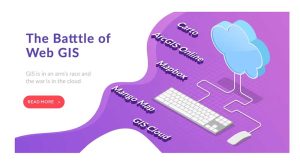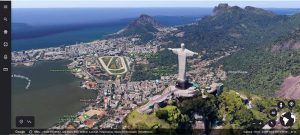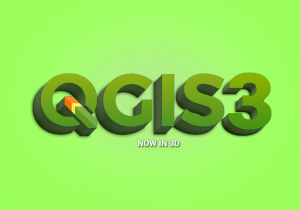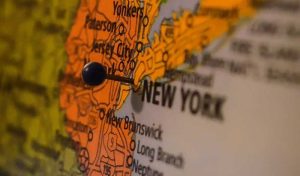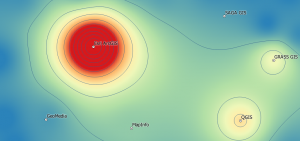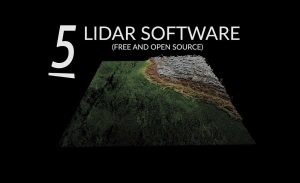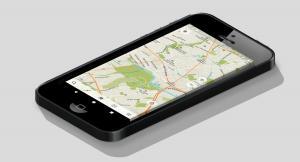5 Storytelling Maps Platforms
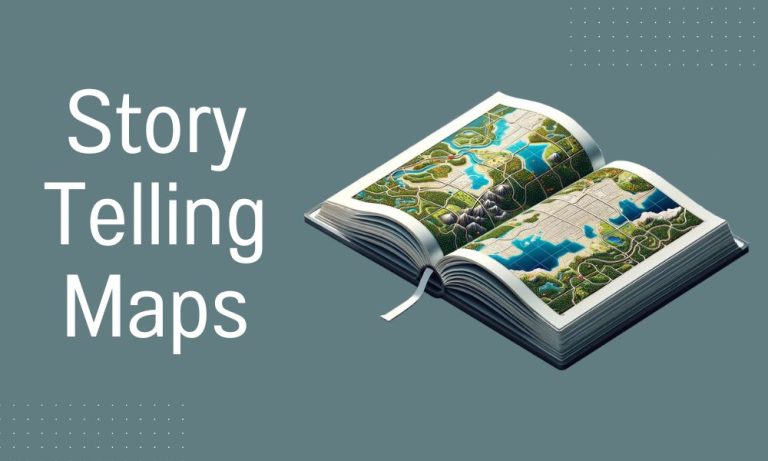
The Art of Storytelling Maps
Storytelling maps blend stories with geography, bringing tales to life. Platforms like ArcGIS Online, Mapbox, and Google Earth make it easy to create your own.
From history lessons to adventure tales, they allow users to create and share maps that tell stories. So, exploring stories becomes a visual journey, making learning fun and interactive.
Here are our top 5 storytelling maps platforms.
1. ArcGIS StoryMaps
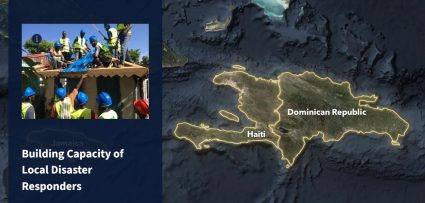
ArcGIS StoryMaps is a helpful tool for sharing stories using maps. Users can combine maps, text, images, and multimedia to tell engaging stories.
Educators, businesses, and governments are the big power users of ArcGIS StoryMaps. This is because Story Maps are great for presentations, lessons, or sharing research findings.
You can choose from various templates to suit your story’s style. It’s accessible online via ArcGIS Online (AGOL), so no you don’t have to install any software. Another benefit is that users can publicly share or keep their stories private.
2. Mapbox Storytelling
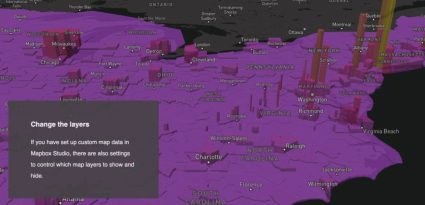
Mapbox storytelling lets you create dynamic stories with custom maps. One of the biggest advantages is that this platform is known for its flexibility and design freedom.
Users can integrate different types of data to create unique visuals. Mapbox supports real-time data, making it perfect for live updates. Because the platform is cloud-based, it ensures access from anywhere, anytime.
The platform has various customization options, so your story map looks just how you want. You can add animations, transitions, and interactive elements to engage your audience. Even though you may need some technical know-how, the results are worth it.
3. Google Earth Studio
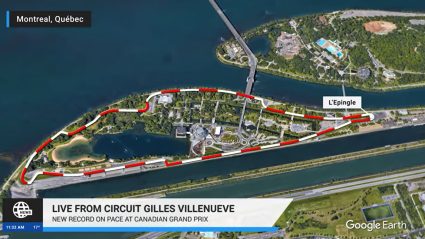
Google Earth Studio turns the whole planet into a canvas for storytelling. But it does it in a bit of a different way than the others. It specializes in creating animations and videos using Google Earth’s imagery.
Filmmakers, journalists, and educators use it to span the globe. For instance, you can zoom from space to street level in smooth transitions. Plus, Google Earth integrates with Adobe After Effects for more advanced video editing features.
Users can create custom paths, flyovers, and explore landmarks in detail. The platform’s intuitive interface makes it accessible to beginners. Google Earth Studio brings stories to life with the power of 3D mapping.
4. CartoVista
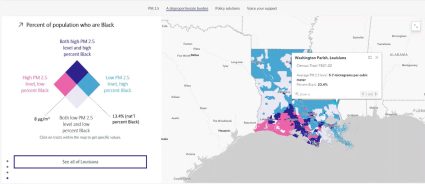
CartoVista is a user-friendly way to create storytelling maps. It’s designed for both experts and beginners in mapping. This platform focuses on data-driven storytelling, allowing users to visualize and analyze geographic data.
The platform offers various visualization options, from simple maps to complex, layered ones. Another neat feature is how it enables sharing stories across social media and websites easily.
With CartoVista, you can integrate various data types, including demographic and economic data. Its interactive features allow viewers to explore data in depth. It aims to make the storytelling maps as engaging as possible for everyone.
5. StoryMapsJS
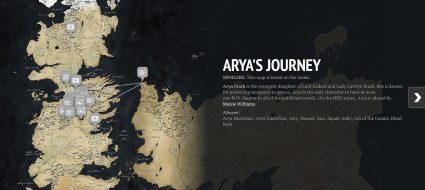
StoryMapJS is a free tool created by Northwestern University’s Knight Lab. The platform is web-based, so there’s no need to download software. It offers a variety of map styles to fit different storytelling needs.
For example, StoryMapJS is great for historical timelines, travel diaries, or exploring cultural events. I’ve also seen journalists, educators, and students use it to tell stories using maps.
By using StoryMapJS, storytellers can turn complex data into captivating, easy-to-understand maps. My only complaint is that it takes more technical skills to get started with this open source project.
READ MORE: Esri JavaScript API Examples: 15 High-Tech Webmaps and Webscenes
Platforms for Storytelling Maps
Storytelling maps platforms provide unique ways to combine narratives with geography. But each platform has its strengths. All can bring your stories to life.
Have you used any of these storytelling maps? How do they compare to each other? We’d love to hear from you in the comment section below.


